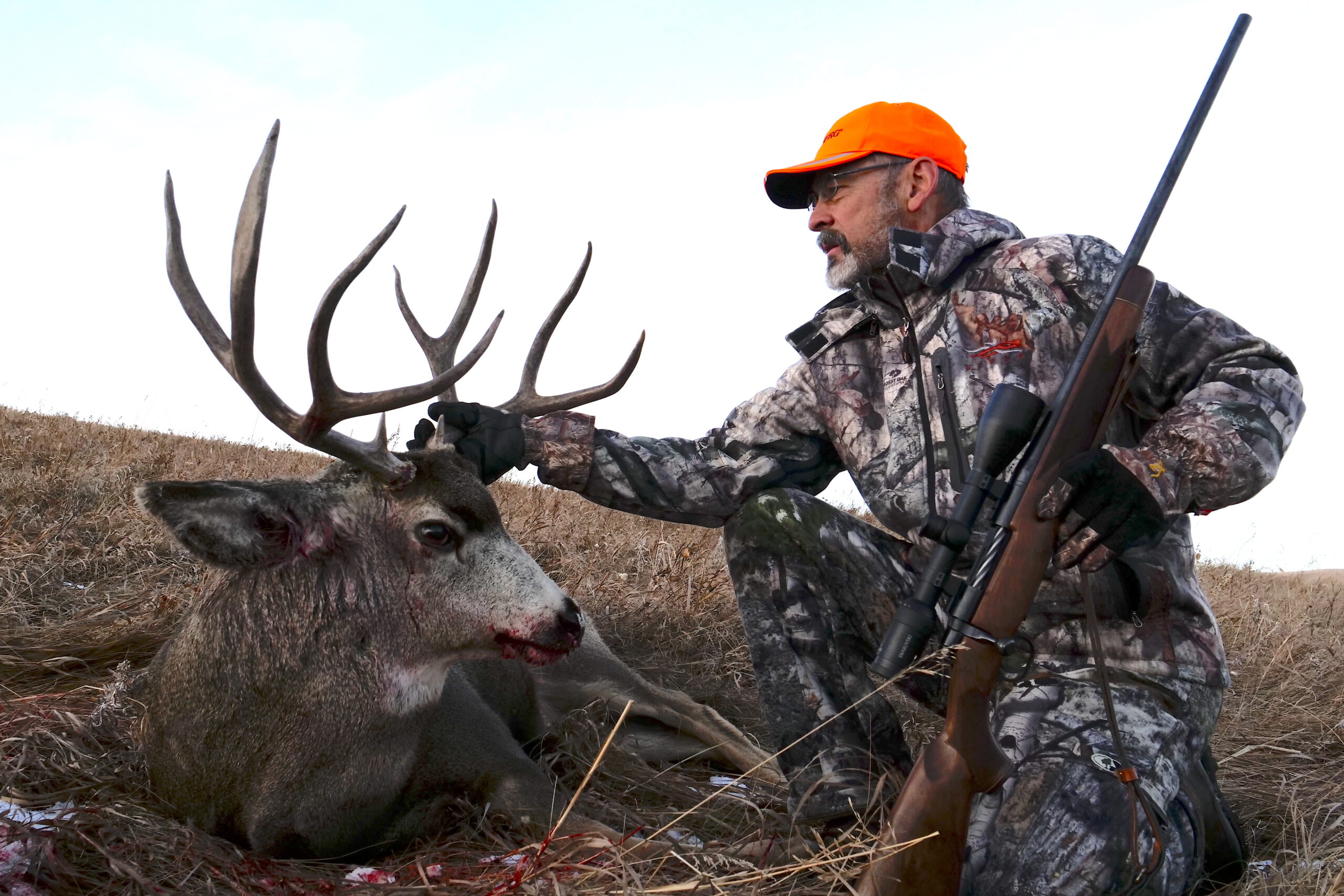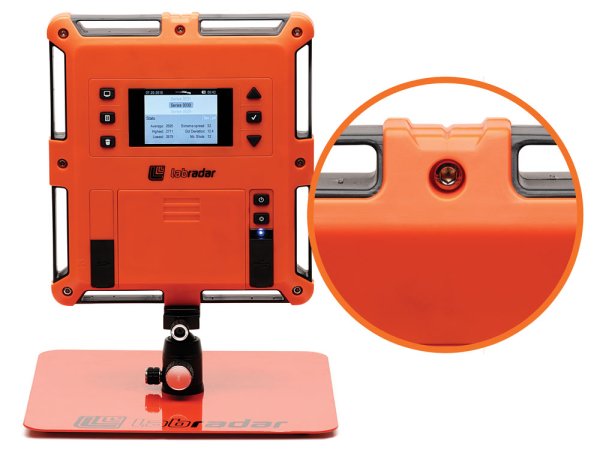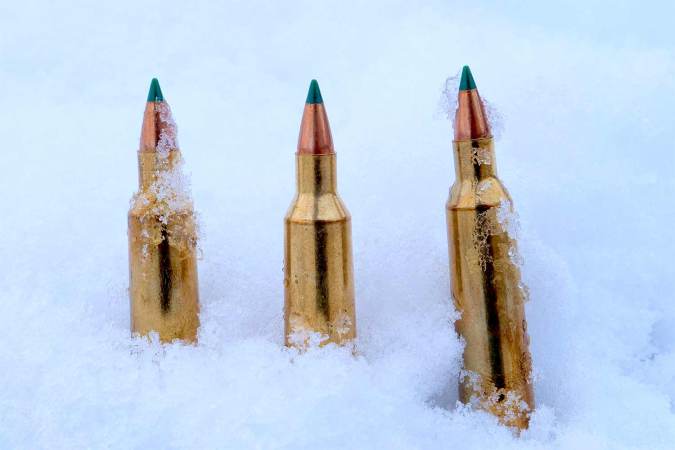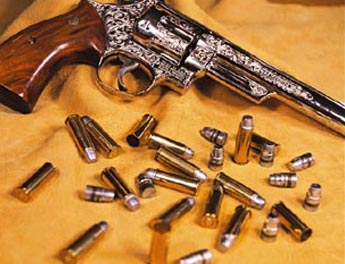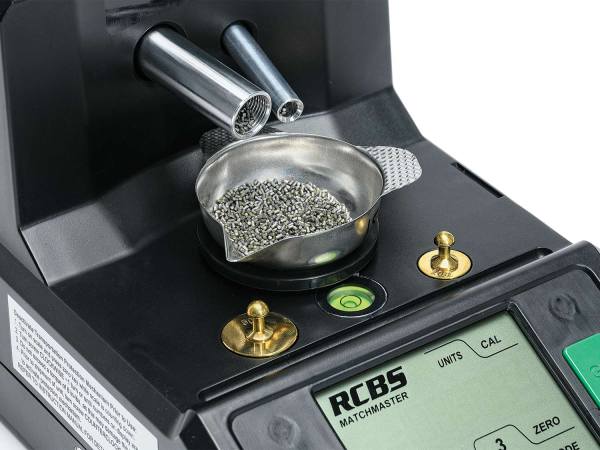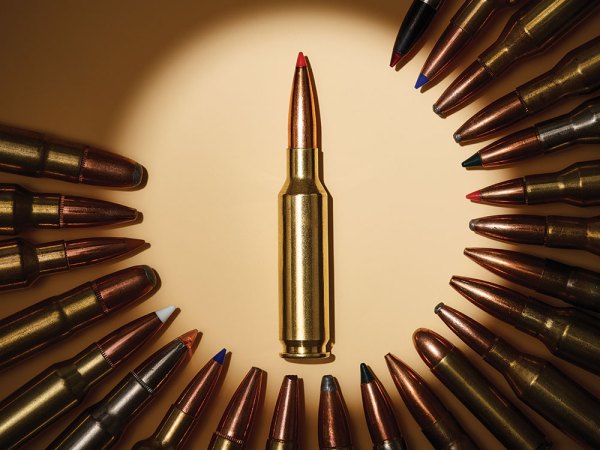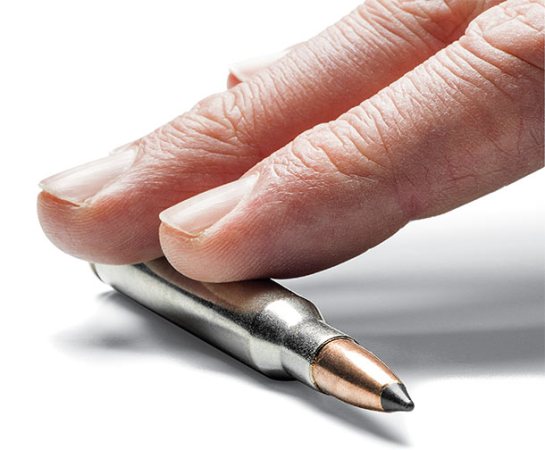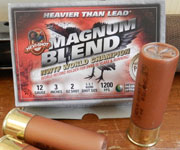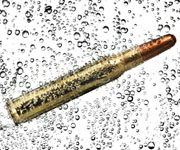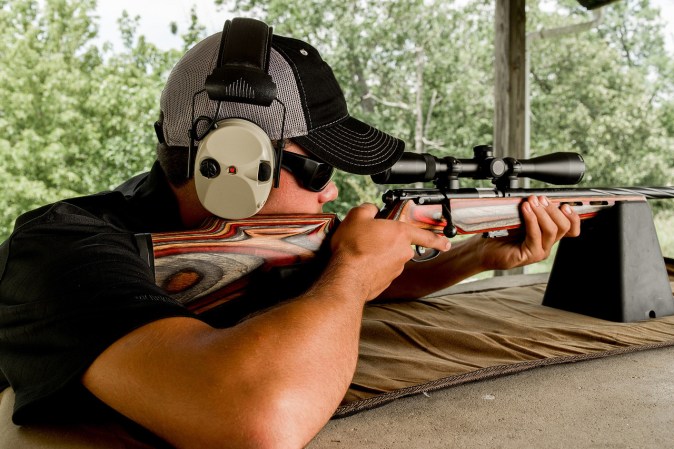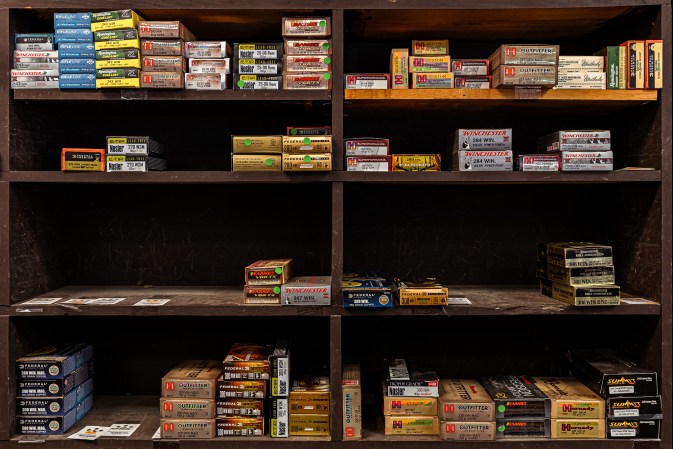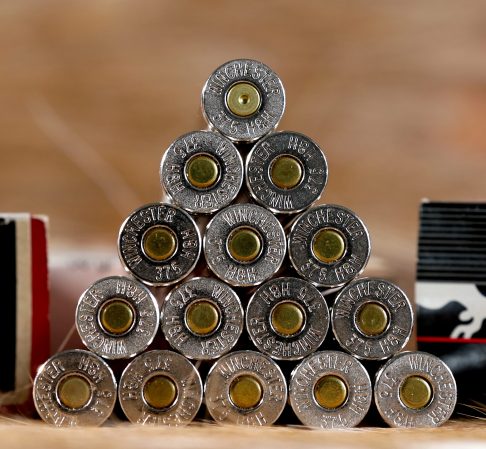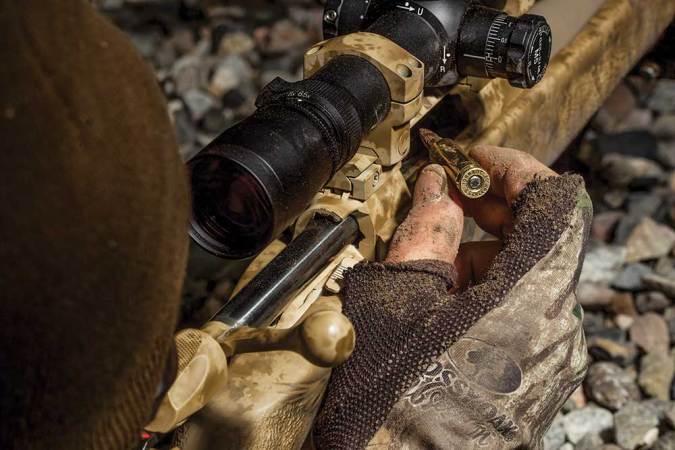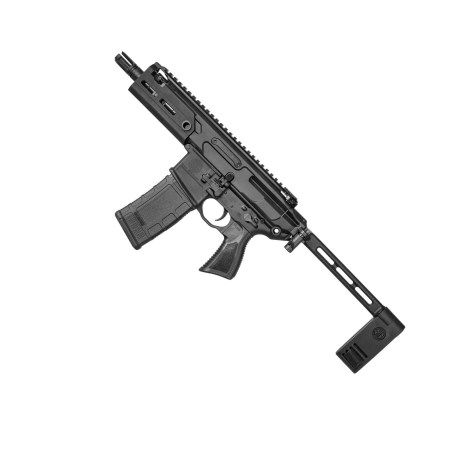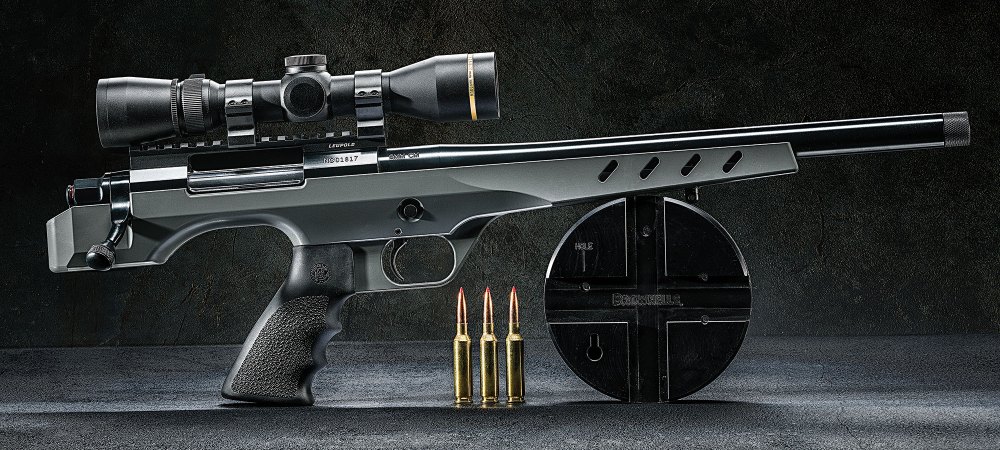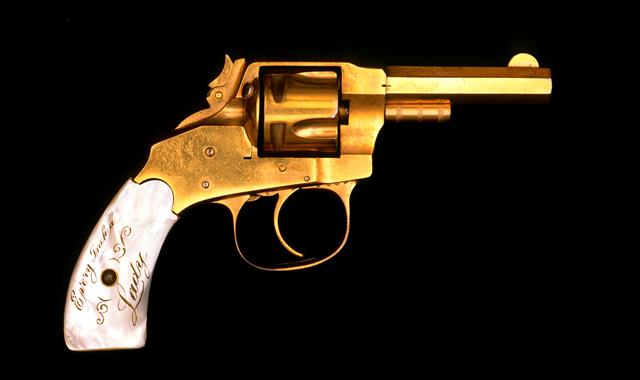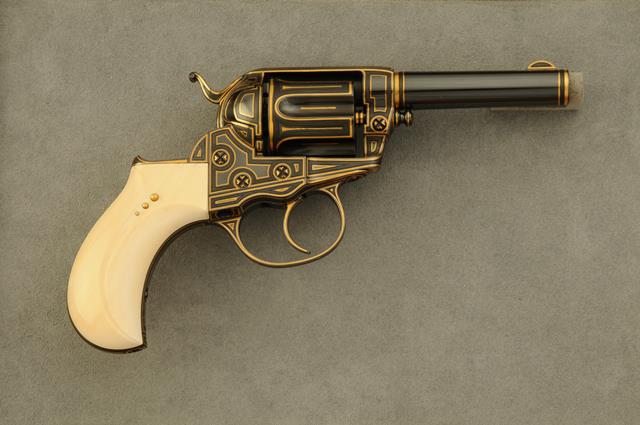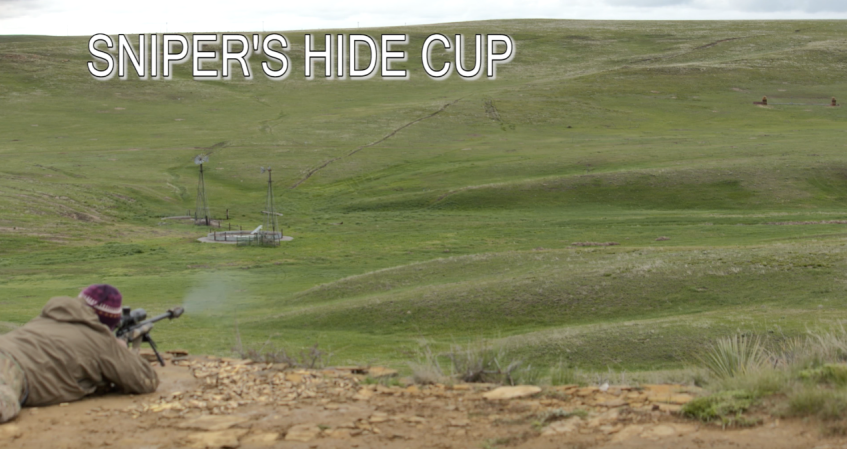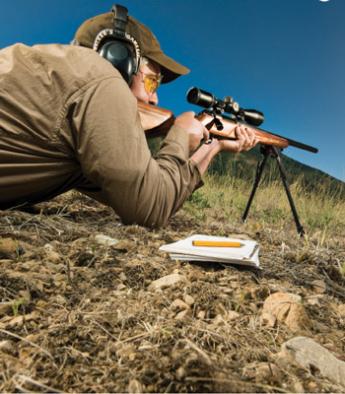We may earn revenue from the products available on this page and participate in affiliate programs. Learn More ›
There’s a growing myth that the 6.5mm is now the world’s greatest deer hunting cartridge. Anyone making such a statement is wrong simply because the 6.5mm isn’t even a cartridge. It’s a caliber; the .26-caliber, to be precise. The same .264-inch diameter bullets fit all 6.5mm cartridges and all .26-caliber cartridges. And there are a lot of them:
- 6.5 Grendel
- 6.5×55 Swede
- 6.5 Creedmoor
- 6.5×47 Lapua
- 260 Remington
- 6.5-284 Norma
- 6.5mm-06
- 6.5 Remington Magnum
- 6.5 PRC
- 264 Winchester Magnum
- 6.5 Weatherby RPM
- 6.5-300 Weatherby Magnum
- 26 Nosler
In addition to these currently available commercial rounds there are too many wildcats to list plus a bunch of old military rounds. The 6.5 Arisaka, 6.5 Carcano, and 6.5 Mannlicher-Schoenauer are the best know of that bunch. So, which is the greatest 6.5mm deer hunting cartridge?
Of course, there is no definitive answer to this because not everyone agrees on what the perfect deer hunting cartridge should do. One hunter never shoots farther than 100 yards in heavy timber. The next might want to reach out several hundred yards across a prairie or crop field. One might be most concerned with drop, another with “punch,” another with wind deflection. Some might hunt 100-pound Coues deer in the Southwest, others 300-pound bucks in Saskatchewan.
Each of us can select an ideal 6.5mm based on our own criteria. But to do this wisely, you should know how the various 6.5mm/.26-caliber cartridges stack up against one another. How do they perform across several important categories? But first, let’s start by defining those categories.
Size up a Cartridge By Its Trajectory
Laser rangefinders and turret dialing or ballistic reticle scopes minimize this need, but the old Maximum Point Blank Range (MPBR) system remains a viable starting point. For deer this means the bullet’s trajectory will stay within an 8-inch circle (vital chest target zone) with a dead center aim. In other words, the peak of the trajectory curve will not arc more than 4 inches above point of aim. Farther downrange the bullet will eventually fall 4 inches below point of aim. That distance is that cartridge/bullet’s MPBR. With most modern, bottlenecked cartridges and spire point bullets that’s usually between 250 to 350 yards. This may or may not matter for your style of deer hunting, but it’s a good benchmark for sizing up various cartridges.
Minimizing Wind Deflection Is Important
If the bullet can stay within that same 8-inch vital zone despite a 10 mph right-angle wind, it gets another thumbs up. Wind speed and direction are often difficult to nail down, so high B.C. bullets coupled with fast velocity really help minimize wind deflection.
Retained Energy Makes All the Difference
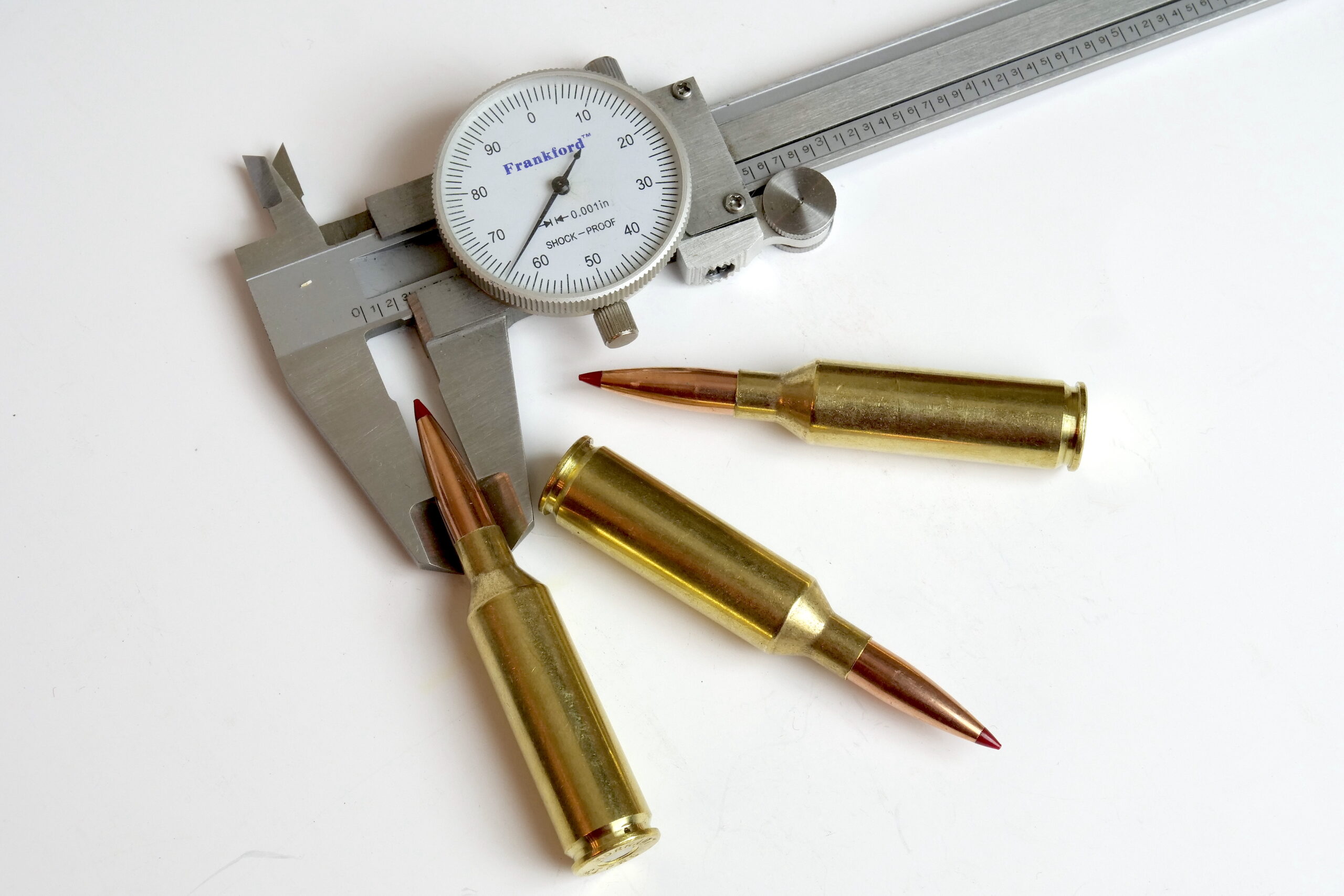
This is the category most of us worry about too much. We assume a big, heavy, hard-hitting slug that delivers devastating levels of energy will kill deer instantly. Trouble is, no bullet of any size or velocity fired from a shoulder-held rifle or shotgun has been proven capable of doing this every time. Even small does have absorbed 4,000 foot/pounds of energy from massive bullets and dashed off for 20 to 80 yards before wobbling and tipping over dead. This is because you can remove heart and lungs without terminating brain activity. A deer gets spooked by the shot, bolts, and runs on stored brain oxygen until its blood pressure drops enough that it loses consciousness. I’ve hit deer in the vitals with bullets carrying nearly 3,000 f/p energy without even wobbling them. One took three such bullets before expiring. And the first two didn’t exit, so all that energy was absorbed. Didn’t make any difference.
I’ve also killed deer with single 60-grain bullets carrying just 1,000 f/p energy. Bowhunters kill deer routinely with arrows carrying about 40 f/p of energy. And poachers have been known to use a .22 LR to head-tap deer. It’s more a matter of where you hit them than how hard you hit them.
Some states recommend and may even mandate cartridges that crank out at least 1,000 f/p of energy, but of course this dwindles quickly with distance. Even a 180-grain bullet from a .300 Win. Mag. drops below 1,000 f/p at some point. Nevertheless, for peace of mind, let’s shop for a cartridge that will keep 1,000 f/p energy on target at responsible shooting distances.
Finding a Cartridge with Tolerable Recoil
This gets real subjective, one person’s “mule kick” is another’s gentle caress. The U.S. Military felt that the average soldier could shoot a 150-grain bullet through a 9-pound .30/06 service rifle day after day without flinching. That would have been about 17 f/p of recoil energy at 11 fps recoil velocity. We’ll use that as our benchmark but with a caveat: those military rifles didn’t have cushy recoil pads. Nor were their stock lines, comb heights, etc. necessarily set up to minimize cheek slap. Most modern sporting rifles are. So, it may be fair to extend actual recoil to 20 f/p at 12 to 13 fps velocity. Your tolerance may vary.
Choosing Our 6.5mm Deer Hunting Cartridges
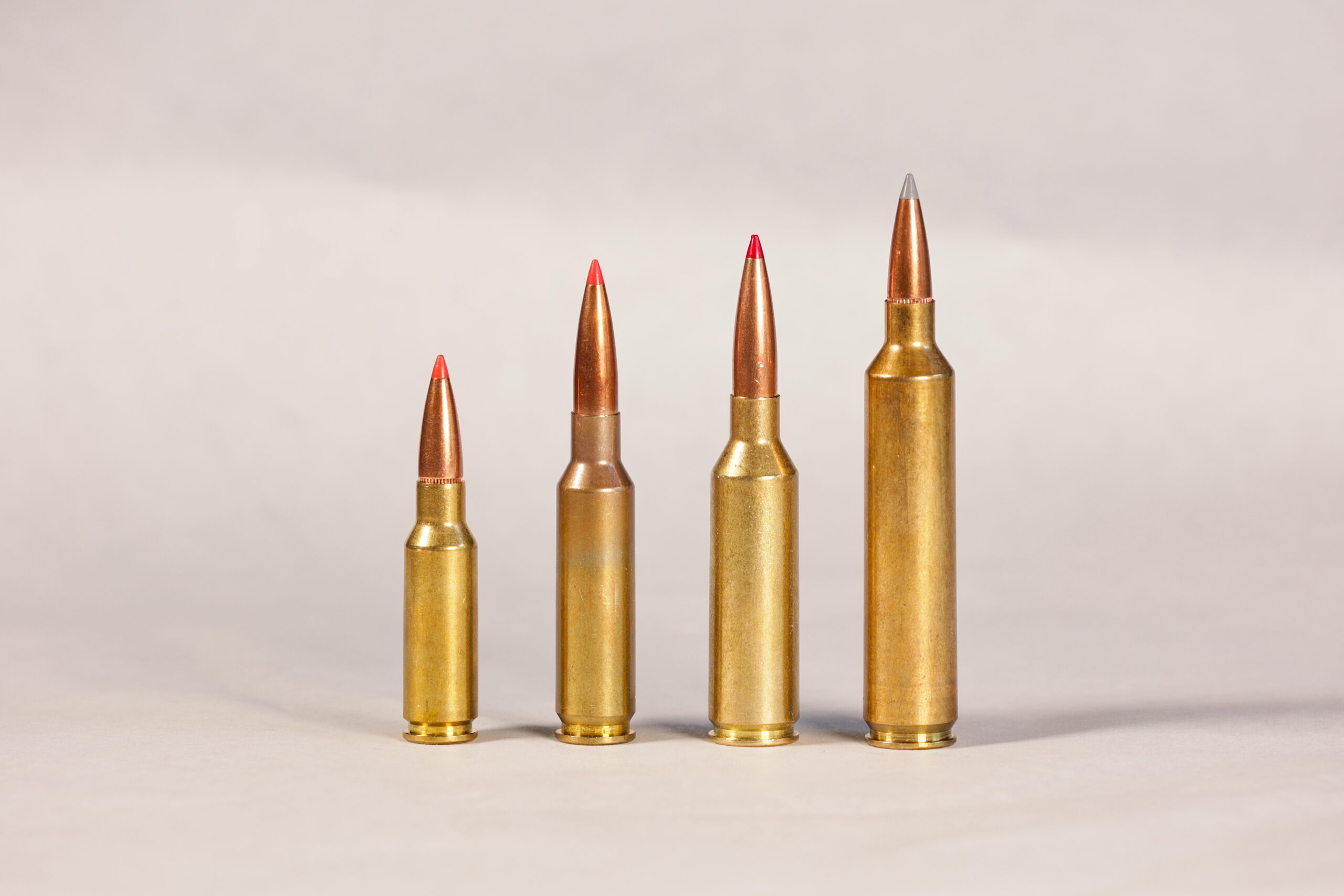
Most current 6.5mms fall within four performance categories, so we’ll choose a representative from each, assuming readers might select a different option from that category. Differences may be as great as 100 fps muzzle velocity within the categories. That might seem like a lot, but many factory loads will vary that much in muzzle velocity from shot to shot. Some rifles/barrels will alter muzzle velocity as much as 100 fps too. Here are the four categories, the cartridges in them, and the chosen representative cartridge for each highlighted in Bold.
Lowest velocity, around 2,500 fps with 120-gr. bullets: 6.5 Grendel
Medium velocity, around 2,700 to 2,800 fps with 140-gr. bullets: 6.5×47 Lapua, 6.5×55 Swede, 6.5 Creedmoor, 260 Remington
High velocity, around 2,850 to 3,000 fps with 140-gr. bullets: 6.5-284 Norma, 6.5-06, 6.5 PRC, 6.5 Rem. Mag., 6.5 Win. Mag.
Highest velocity, around 3,050 to 3,250 fps with 140-gr. bullets: 6.5 RPM, 26 Nosler, 6.5-300 Wby. Mag.
Comparing the 6.5mm Cartridges
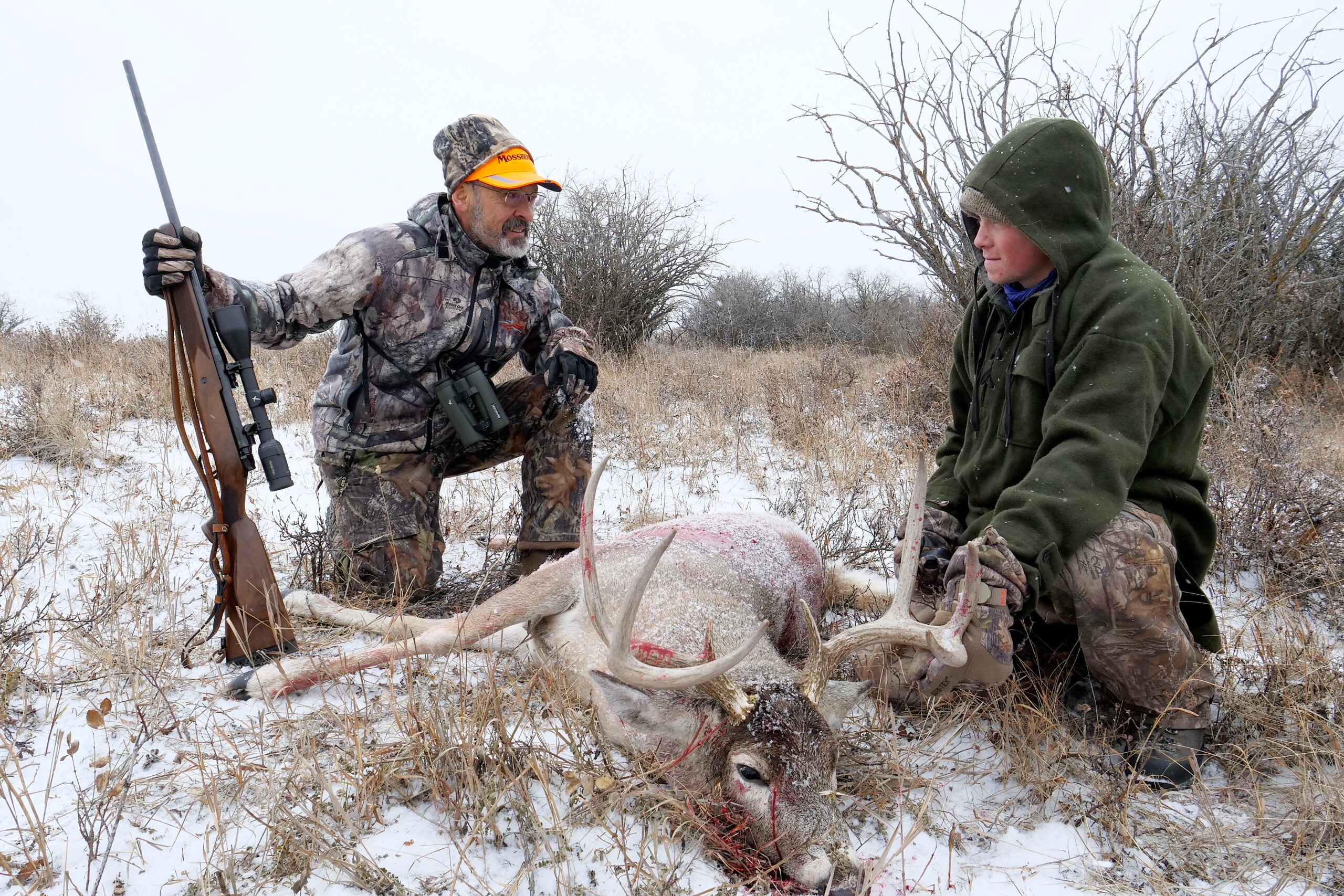
Be aware that all 6.5mms can be loaded with bullets weighing 90-grains to 160-grains, although most factory ammo features 120-grain through 143-grain bullets. Actual muzzle velocities vary depending on the individual rifle and load. The smaller the powder capacity, the lower the muzzle velocity is with all bullets. This suggests smaller cartridges might perform best with lighter bullets, especially when long, heavy bullets must be seated so deep that they impinge on powder space. Lighter bullets can prove deadly, but in general the heavier ones will retain more energy at all ranges and be deflected the least by winds. Taking advantage of the 6.5mm’s high B.C., wind defying bullets usually requires rifling twist of 1:8, sometimes even 1:7. Reaching maximum MV usually requires a 24-inch barrel.
Another thing to consider about velocity is how striking energy relates to bullet construction. Weight alone does not guarantee deeper penetration, larger wound channel, or increased tissue damage. As a general rule the faster the bullet, the more easily it expands or breaks up. This suggests choosing more lightly built, easily upset bullets for use on slower 6.5s, tougher ones for the speed demons, keeping in mind that at extreme range even the fastest 6.5mm projectile will be going as slowly and carry as little striking energy as the weakest at closer distances.
6.5mm Bullets By the Numbers
For the below data chart MPBR is based on an 8-inch target diameter. Recoil is calculated in an 8-pound rifle. Right angle wind is at 10 mph. Scope is mounted 1.5 inches above the bore. All atmospheric conditions are sea-level standard.

The chart clearly shows why one cannot declare the 6.5mm the world’s greatest deer hunting cartridge. The performance differences are just too wide. So how do we choose the best of the bunch? Apply performance to your needs and compare it against my assessments below.
- 6.5 Grendel: This is the best choice for young, new, and recoil shy shooters, and anyone limited to shooting ranges no farther than about 200 yards. Thanks to its light recoil, the Grendel can be shot with extreme precision. Hunters have been dropping big whitetails and mule deer with various 55- to 100-grain bullets for decades. A good 120-grain bullet will easily bring home the bacon. And do it from 22-inch, or even 20-inch barrels. It’s a convenient woods option.
- 6.5 Creedmoor: I’d choose this as my No. 2 all-round. It’s not my number-one pick because of its somewhat limited MPBR. Anyone fast and efficient with laser rangefinding, turret dialing, or ballistic reticle holdover could easily extend this to its 725-yard 1,000 f/p max range, although I don’t recommend shooting game that far away in the vast majority of situations. Pluses for the Creedmoor are a wide variety of factory loads at reasonable prices and wide variety of rifles chambered in it. This is the .30/30 of the 21st century and making a strong case for being the .270 Winchester of the same century. But don’t forget the teammates in its category. They match or exceed its ballistic performance.
- 6.5 PRC: This is my pick for best all-around 6.5mm. Not too fast, too slow, too weak, too strong, yet enough reach and punch for superior performance well beyond sensible shooting distances for most hunters. While we compare it here with the popular 142-class bullet, it can handle 147- ,156- and even 160-grain projectiles. Those are good options for stepping up to bigger deer like caribou, elk, and moose. While best in 24-inch barrels, it comes close to max performance in 22-inch tubes, too. And it fits short-actions. This 6.5mm really is the 270 Winchester of 2021. Ammo variety and availability don’t match the Creedmoor, but indications are it’s getting there. Costs should be similar to 270 Win., 30-06 and similar rounds.
- 26 Nosler: This representative of the fire-breathing dragon class of 6.5s is perfect for windy, open country and shooters who insist on the ultimate reach. It’s excessive in tight cover where the 26-inch barrels needed to reach its potential are a pain to maneuver. I wouldn’t pick this for your average whitetail hunt, but it could prove useful from a stand looking over a vast bean or cornfield anywhere. Be prepared for recoil. A muzzle brake might be called for, and that adds even more length. You’ll pay dearly for ammo with limited options. But it only takes one load to be ready for any deer of any size at any distance.
